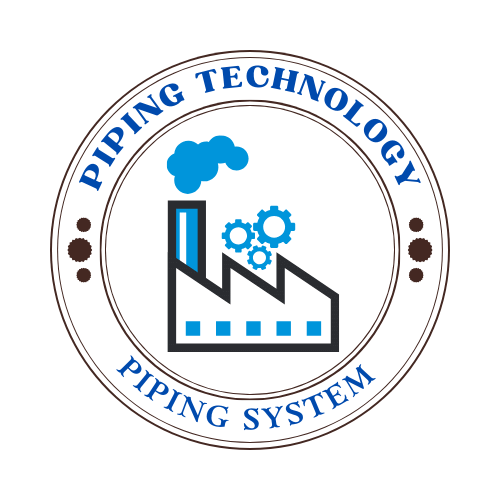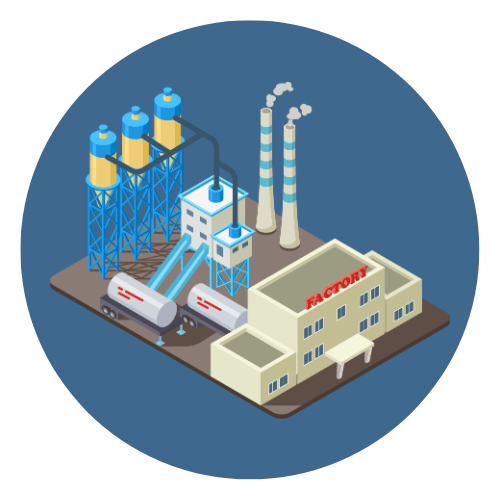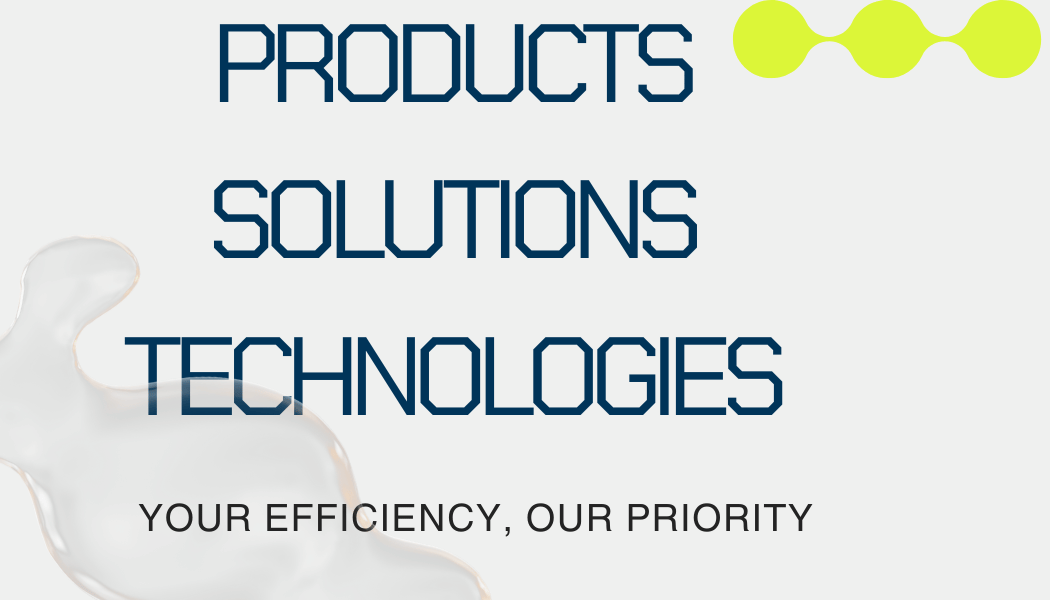In today’s fast-paced world of metalworking and fabrication, precision, speed, and versatility are non-negotiable. Whether you’re a professional fabricator, a DIY enthusiast, or an industrial technician, having the right tools can significantly improve both the quality and efficiency of your work. One such powerful tool that has revolutionized the metal cutting industry is the plasma cutter machine.
A plasma cutter is a high-precision cutting tool that uses an accelerated jet of hot plasma to slice through electrically conductive materials like steel, stainless steel, aluminum, brass, and copper. What sets it apart from traditional mechanical or thermal cutting methods is its ability to deliver fast, clean, and accurate cuts with minimal material distortion. From automotive repair shops to large-scale manufacturing plants, plasma cutters have found their place as indispensable equipment in countless applications.
The evolution of plasma cutting technology—from bulky industrial machines to compact, portable units and sophisticated CNC systems—has made it accessible to a broader range of users. As technology continues to advance, plasma cutters now offer user-friendly features, improved safety mechanisms, and enhanced cutting performance, making them more efficient and cost-effective than ever.
This comprehensive guide will explore everything you need to know about plasma cutter machines. We’ll dive into how they work, the different types available, their advantages and limitations, safety practices, applications across industries, and what to look for when purchasing one. Whether you’re new to plasma cutting or looking to upgrade your existing equipment, this article will help you make informed decisions and better understand the powerful capabilities of plasma cutter machines.


 Automation System
Automation System  Energy Engineeing
Energy Engineeing  Instrumentation System
Instrumentation System  Mechanical Engineeing
Mechanical Engineeing  Piping Technologies
Piping Technologies  Transportations
Transportations  Manufacturing
Manufacturing  Training Material
Training Material 













